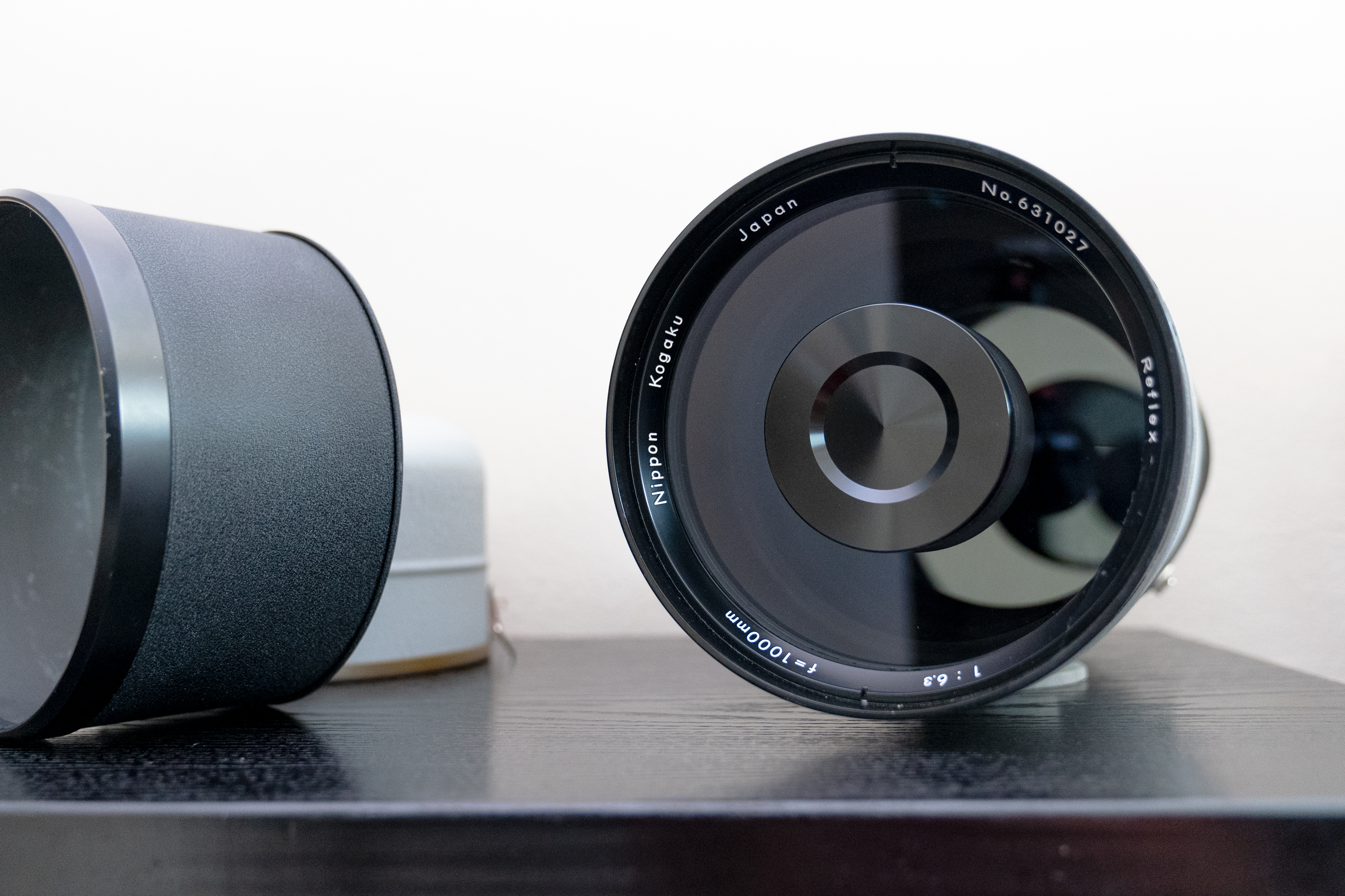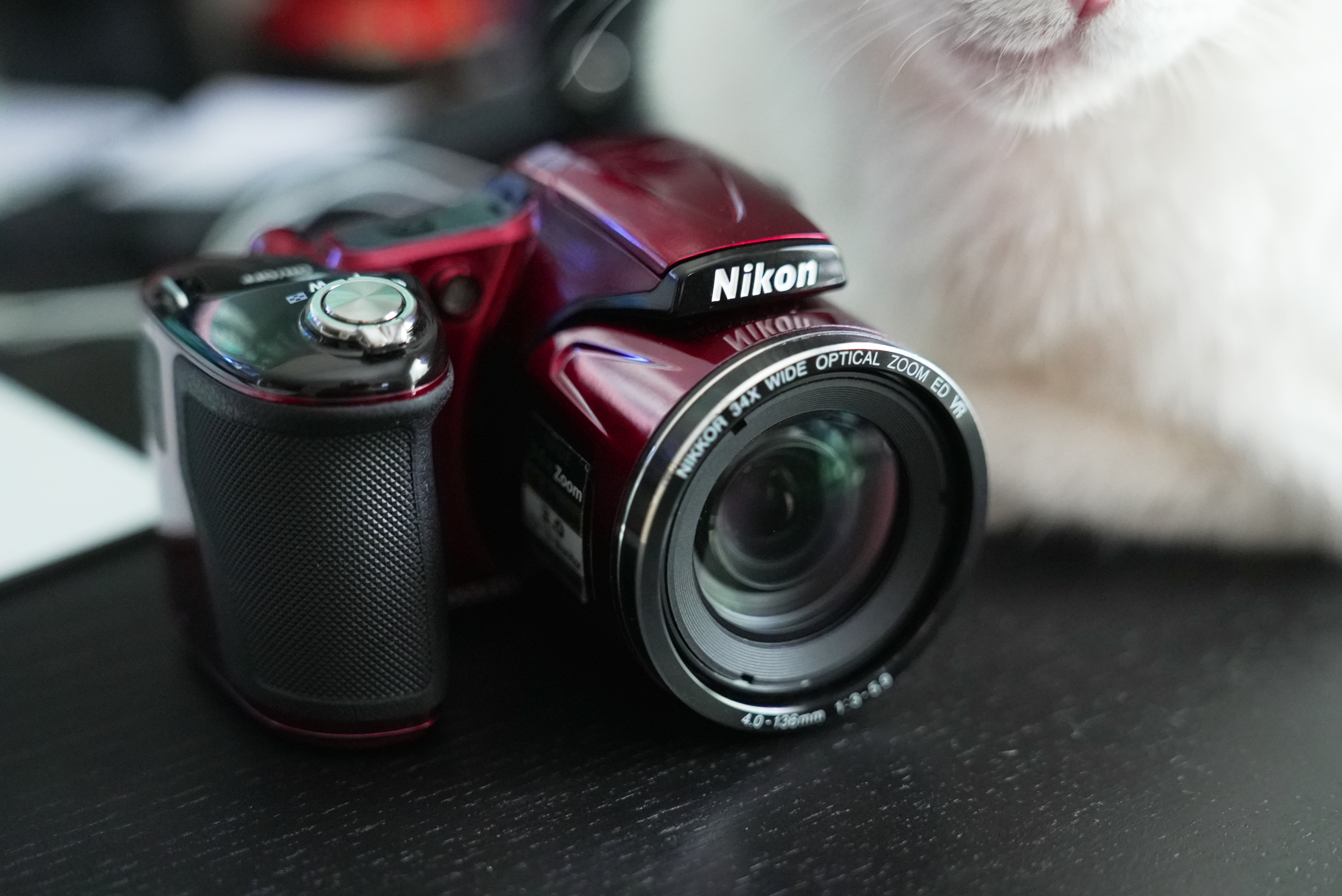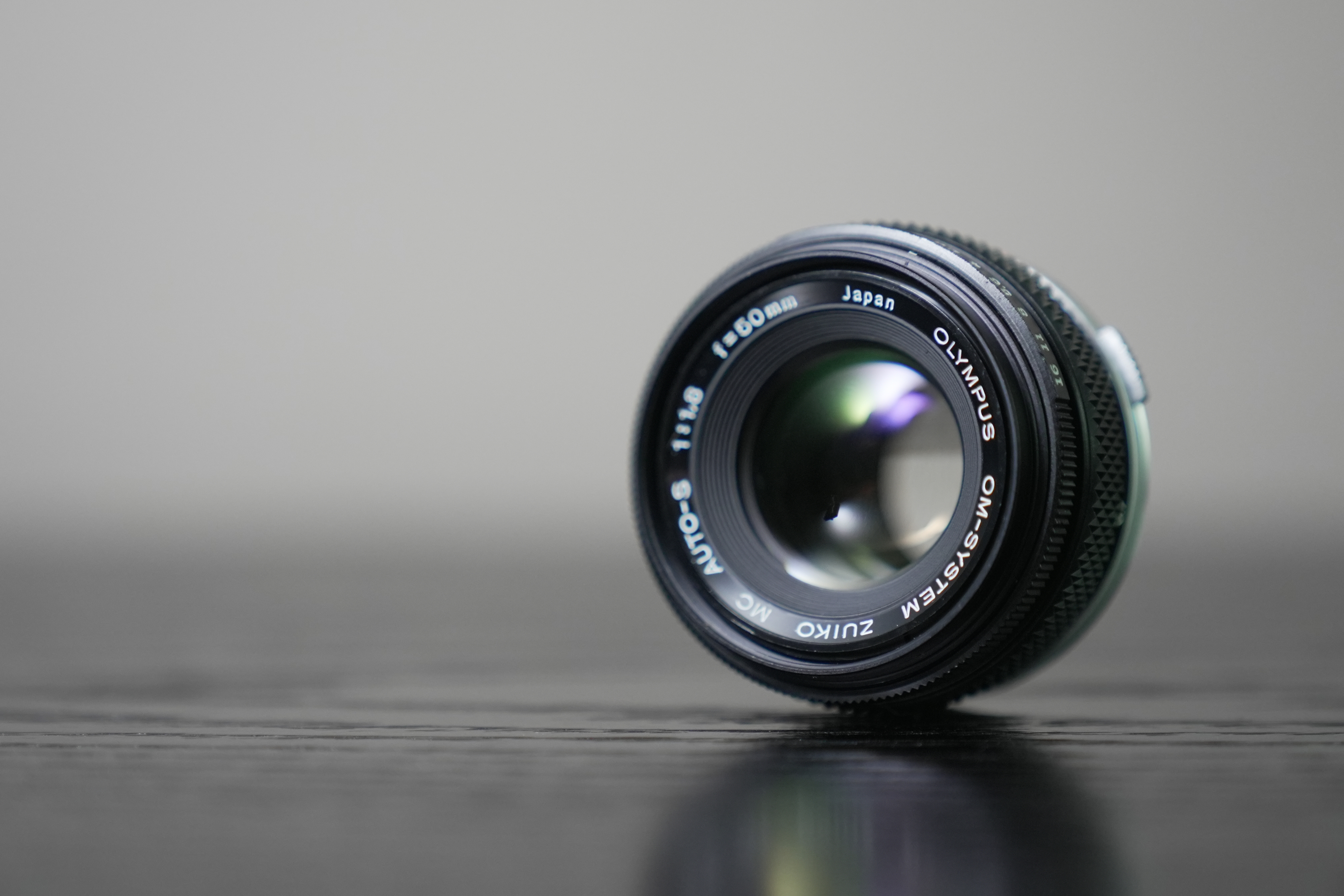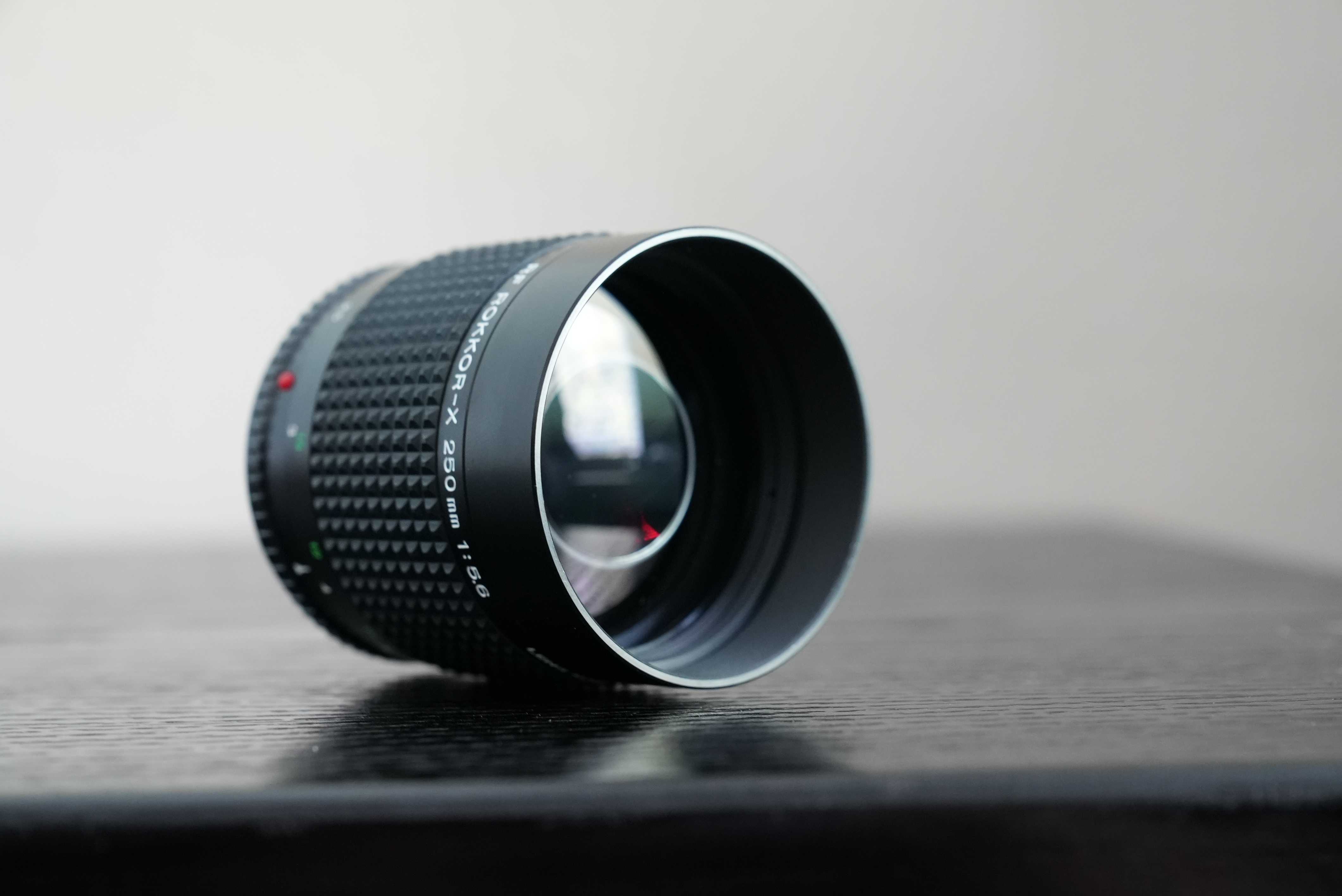
Updated on: December 1
If you read my last post you would know that I owned, used, fell for, and cherished the mighty and legendary Leica M3. I even added another lens to it — a bonafide Leica lens (found on KEH.com), the 90mm Elmar C. Sadly, I no longer own any that. Was it because of the FED 2 I compared it to in that same post? Nope. Not at all. While I do still own the FED 2, it is a completely different animal and I kept it because I got it for a great price versus the novelty of it all.
I dropped my beloved Leica for the Contax G camera line. It consists of two cameras, the G1 and G2 interchangeable-lens cameras sold by Kyocera under the Contax brand. Introduced back in 1994, the G1 was soon competing with its successor, the G2, just two years later. By 2005, Kyocera stepped away from the camera business and announced it would cease all manufacturing of Contax cameras. Brief history aside, let’s get into these two film photography wonders of engineering.

Differences & Features
Both are very advanced film rangefinder cameras, and their technological capabilities are tough to beat, especially for their era. Initially, I bought the G1 because it was good value compared to the G2 and just about any film camera spec wise. But the G1 was so good the G2 soon followed –(both were purchased from KEH.com). So good, it put other film cameras on a trailer regardless of format and it suspended my virtual film camera shopping until further notice.
For starters, three numbers and a name played a huge part in this decision. 28, 45, 90 and Zeiss. I picked up these three lenses and soon found that everything ever written about Zeiss lenses is true. Why not the highly regarded 35mm also? It sits between and is too close to the 28mm and 45mm. As for the 90mm, I will always purchase a portrait length prime if I can afford it. And at these prices for an AF Zeiss portrait lens, it was a no-brainer.
That is just for starters! Above these stellar lenses is a stellar feature set. What features? Glad you asked.
Autofocus System
 Need a film system with an actual usable, accurate focus and recompose friendly autofocus (AF) system? Both are great in that regard.. Some photographers say that the G1 is worlds apart from the G2 – but in my experience, the G1 keeps up. With minimal hunting under the darkest and least contrasty conditions, like many other AF systems even up until today, the G2 is better and faster focusing even in challenging situations.
Need a film system with an actual usable, accurate focus and recompose friendly autofocus (AF) system? Both are great in that regard.. Some photographers say that the G1 is worlds apart from the G2 – but in my experience, the G1 keeps up. With minimal hunting under the darkest and least contrasty conditions, like many other AF systems even up until today, the G2 is better and faster focusing even in challenging situations.
Manual Focus System
Many have dinged the manual focus (MF) system, which is awkward, but it is usable for those rare occasions when you need to drive. You can spin the wheel on the top of the G1 and even more conveniently on the front right of the G2 to ‘inf’ and keep it moving. They both show a digital readout of the distance in the viewfinder and on the external LCD. There is also viewfinder focus verification. However, if you are using that you should just use AF.
Lock AF Implementation
On the G1 you simply half press until you get focus and recompose. On the G2 there is a dedicated back button focus set up. Press the back button with your thumb to focus, recompose and take the shot with the shutter button.

Shooting Modes
The G1 has a one-time focus with a button to set up single, timer, multiple exposures, and continuous shooting (if you are in a rush to burn through a roll). But the G2 adds more options by employing two dials for exposure compensation and shutter speed. Like the G1 there are single, multiple exposures, continuous (high and low speed), and timer shutter modes, but the G2 adds a second dial around the back focus button that lets you choose between single focus, continuous focus, and manual focus. So continuous focus on the continuous shooting mode is available. While not blazing fast it works.




These things feel like the Titanium tanks that they are. While Titanium is not a requirement for a solid build, these are the most affordable cameras I know that are made of titanium.
Put in the film roll, pull the lead out to the mark, and close back to load the film. The film advances automatically. Film speed is read automatically and easily overridden manually if you wish. Then wind back the film when you’re done with a roll. Some balk at such levels of automation, but performing these activities manually produces no better pictures.
Carl Zeiss Lenses
The Zeiss glass mentioned above and worth mentioning again. The T* multicoated optics deliver sharp images, with great color rendering, and focus fall off. Even the nonsensical rangefinder zoom renders wonderful images.
Viewfinder Zoom Innovation
While other rangefinder systems require goggles or accessory finders to match wide and tele field-of-view lenses, these have a native inbuilt viewfinder that zooms internally and automatically for 28mm through 90mm lenses. The G2 provides the added hat-trick of zooming the inbuilt viewfinder with the 35-70mm f/3.5 – 5.6 zoom ring. While the zoom is impressive the parallax correction in the viewfinder is amazing. While some other rangefinders provide a highlighted frame that will move with focus, these go one step further. These cameras block the frame in black only to reveal the portion of the viewfinder to be captured based on focus. So you still have the whole viewfinder available while framing and then it closes down automatically with focus just before capturing the shot.
Exposure
 Both cameras can do double exposures and exposure bracketing, making them excellent point-and-shoot cameras. I have now put several rolls through both of these cameras and I cannot recall having lost any shots to missed exposure so far. The exposure lock is the best I have seen implemented. You turn the camera on by pushing a lever surrounding the shutter button forward to reveal a red dot. For exposure lock, you simply point the camera where you want the reading, nudge the same lever one detent notch further forward and exposure is locked until you nudge it back to the on position. Genius.
Both cameras can do double exposures and exposure bracketing, making them excellent point-and-shoot cameras. I have now put several rolls through both of these cameras and I cannot recall having lost any shots to missed exposure so far. The exposure lock is the best I have seen implemented. You turn the camera on by pushing a lever surrounding the shutter button forward to reveal a red dot. For exposure lock, you simply point the camera where you want the reading, nudge the same lever one detent notch further forward and exposure is locked until you nudge it back to the on position. Genius.
Execution
Most film systems have lens and body designs that vary a bit, and some a lot, each of these lenses and cameras have the same design theme. Even the lens caps are the same across all three primes I have. I love details like that. The only variation is the color schemes. While the black option is intriguing I actually prefer the gold color scheme. Also, black variants of these cameras and lenses are rarer and bring a premium of $200 or so.
They are gold! Seriously, these are some good-looking cameras. It has nothing to do with capturing an image, which is why this is listed last, but it does not hurt either. While they cost a fraction of some other more storied systems they feel premium in hand and look the part as well.
 Unfortunately, there are a few downsides. There are always downsides! Here we go:
Unfortunately, there are a few downsides. There are always downsides! Here we go:
- No batteries. No camera. Solution? I carry extra batteries.
- Might break and be done. After much research, I have not heard anything about this system being flimsy. But if one did break, I would buy another without hesitation if I could not get it fixed.
- Six-bladed aperture, so bokeh balls will be less round. Meh. Small price to pay in my opinion. Plus whenever possible I shoot these wide open.
Key Insights
Why both? In my opinion, they are different enough, but if you must choose one and are undecided here are my thoughts:
Contax G1:
- Not much smaller and lighter, but enough to notice in your jacket pocket or bag. The difference between the two is that the G1 one can turn into a sturdy melee weapon in a pinch.
- Not as precious. I tend to use this one for day to day activities since it is much cheaper to replace.
- AF is acceptable and not near as bad as some would let on. Slower yes, and the 90mm trips it up a bit, but not immensely so.
- Quite a bit less expensive.

Contax G2:
- AF is better.
- The manual focus wheel is better designed, but I almost never use MF.
- Continuous focus on the continuous shooting mode is nice, but I never use it.
- Works with the 35-70mm zoom where the G1 does not.
Contax G System Tips
- Buy a flash. I recommend the original Contax TLA 140 (the smaller/slimmer of the two matching flashes). The TLA 140 is cheaper, adds enough light for fill in my experience, and since it’s taller the flash sits further away from the lens (which I would think would reduce the chance of redeye). Contax introduced the G2 with the TLA 200 a shorter and boxier flash. The TLA 200 is fine but it’s larger in terms overall volume to make room for its zoom mechanism. I understand it adds the perk of sharing the same type of batteries with the cameras (two CR2 lithium) should you need to cannibalize the flash’s batteries. If you really require lots of light, the TLA flashes for Contax SLR cameras are compatible too (though they’re considerably more cumbersome).
- When shopping for the G1, try and find a green-label model. This made no difference for the primes I have, but a sticker green label means it has been modified to work with more lenses (the 21mm and 35mm lenses for instance). G1s and the 35-70mm zoom are not compatible green label or not. But while shopping for mine, I do not remember coming across a non-green label G1.
- Lenses wider than 28mm (21mm f/2.8 and the eye-wateringly expensive fixed aperture manual focus 16mm f/8) require a separate viewfinder to frame properly. These do not make use of the viewfinder perks mentioned above, so I chose not to get them. Plus, the 16mm costs more than the two bodies and three lenses combined by itself.

Another mention regarding the lenses; I can’t express to you how impressed I am with the sharpness of these lenses. So sharp that I coughed up the extra outlay for a Techart AF adapter for my Sony digital system. This is a post for another day, but it came close to the digital Contax I have wanted since I received the G1. It even captures the focal length in the EXIF data and sets the image stabilization focal length. It also has Bluetooth for smartphone-linked firmware updates. They sell a Leica variant as well for those interested. As an example during my first G lens on the A7Rii test run, I shot the picture below at night, from the booth at a football game (my daughter films the halftime show for the marching band director) using AF to focus on the nearest sideline below.
Contax G Zeiss 45mm f/2.0 on Sony A7Rii



This is a decades-old film lens rendering this level of detail on one of the best, high MP sensors available today with AF. And looking quite spiffy on the camera while at it. Suffice it to say that these lenses do just fine using film.
I am not trying to get anyone to switch film systems. There are plenty of fantastic film systems and I still own a few of them. But if you are looking for a no-nonsense, consistent, high-value, film camera system that outputs maximum image-quality — you could do a lot worse than to try the Contax G System.
Can’t get enough? Checkout this ongoing G1 And G2 album. You can also shop KEH’s full inventory of used Contax cameras and lenses.







